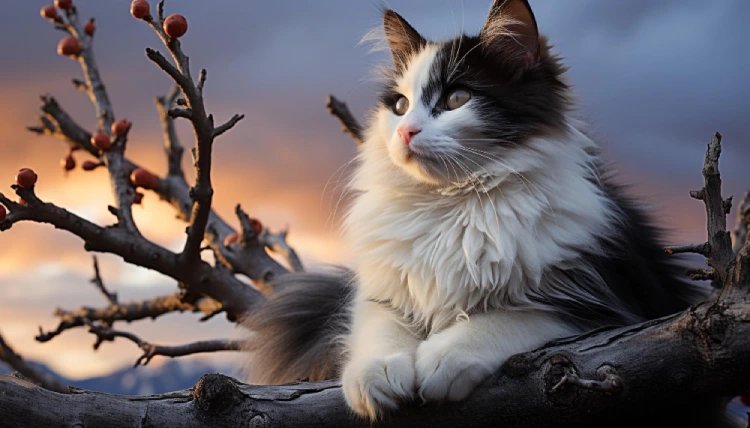Unveiling the Palatability Secrets of Cat Food: A Culinary Journey for Feline Delight
Introduction:
Cats are notorious for their discerning taste buds and finicky eating habits. As feline enthusiasts, we are often left wondering what makes a cat turn its nose up at one brand of cat food while eagerly devouring another. The key to solving this culinary mystery lies in the concept of palatability, a crucial factor in feline nutrition that goes beyond mere taste. In this in-depth exploration, we will delve into the nuances of cat food palatability, uncovering the secrets that make some meals irresistible to our feline friends.
Understanding Palatability:
Palatability is more than just the flavor of cat food; it encompasses a combination of factors that make a meal appealing to a cat’s senses. These factors include taste, aroma, texture, and even the temperature of the food. Cats are obligate carnivores, and their taste preferences are heavily influenced by the smell and taste of meat. Aromatic compounds, such as amino acids and fatty acids, play a significant role in attracting cats to their food.
The Role of Texture:
Texture is a crucial element in cat food palatability. Cats have unique dental structures, with sharp, pointed teeth designed for tearing through meat. The texture of cat food can influence a cat’s satisfaction with a meal. Some cats prefer pâté-style foods, while others may favor chunky or shredded varieties. Understanding individual preferences and offering a variety of textures can enhance a cat’s dining experience.
The Aroma of Temptation:
Cats have an extraordinary sense of smell, and their olfactory receptors are finely tuned to detect the scent of prey. The aroma of cat food is a powerful factor in determining its palatability. High-quality cat foods use real meat and natural ingredients, contributing to a rich and enticing aroma that captivates a cat’s senses. We’ll explore how manufacturers leverage this knowledge to create recipes that leave cats purring for more.
Balancing Act: Nutrition vs. Palatability:
While palatability is vital for ensuring a cat consumes the necessary nutrients, it must be balanced with nutritional requirements. Cat owners often face the dilemma of choosing between highly palatable but potentially unhealthy options and nutritionally sound but less appetizing alternatives. We’ll discuss the importance of striking the right balance to ensure that cats not only enjoy their meals but also receive the essential nutrients for optimal health.
The Impact of Processing Techniques:
The methods used to process cat food can significantly influence its palatability. Factors such as cooking temperature, pressure, and duration can affect the texture and flavor of the final product. Additionally, the impact of different processing techniques on the nutritional content of cat food will be explored, shedding light on how manufacturers optimize both palatability and nutritional value.
Cat Food Preferences: Individuality and Change:
Just like humans, cats have unique preferences when it comes to food. Factors such as age, health, and lifestyle can influence a cat’s taste preferences. We’ll discuss how understanding these individual variations can help cat owners tailor their feline friends’ diets to suit their specific needs. Moreover, we’ll explore why a cat’s food preferences may change over time and how to adapt to these changes.
The Future of Palatable Cat Cuisine:
As our understanding of feline nutrition and behavior continues to evolve, so does the landscape of cat food. We’ll take a glimpse into the future, exploring emerging trends and innovations in cat food formulation. From novel ingredients to advanced processing techniques, the quest for creating the most palatable and nutritionally complete cat food is an ongoing journey.
Conclusion:
In unraveling the secrets of cat food palatability, we discover a complex interplay of taste, aroma, texture, and nutritional balance. As responsible cat owners, our goal is to provide our feline companions with meals that not only meet their dietary needs but also cater to their discerning palates. By understanding the factors that contribute to palatability, we can embark on a culinary journey that enhances the dining experience for our beloved cats, ensuring their health and happiness.








